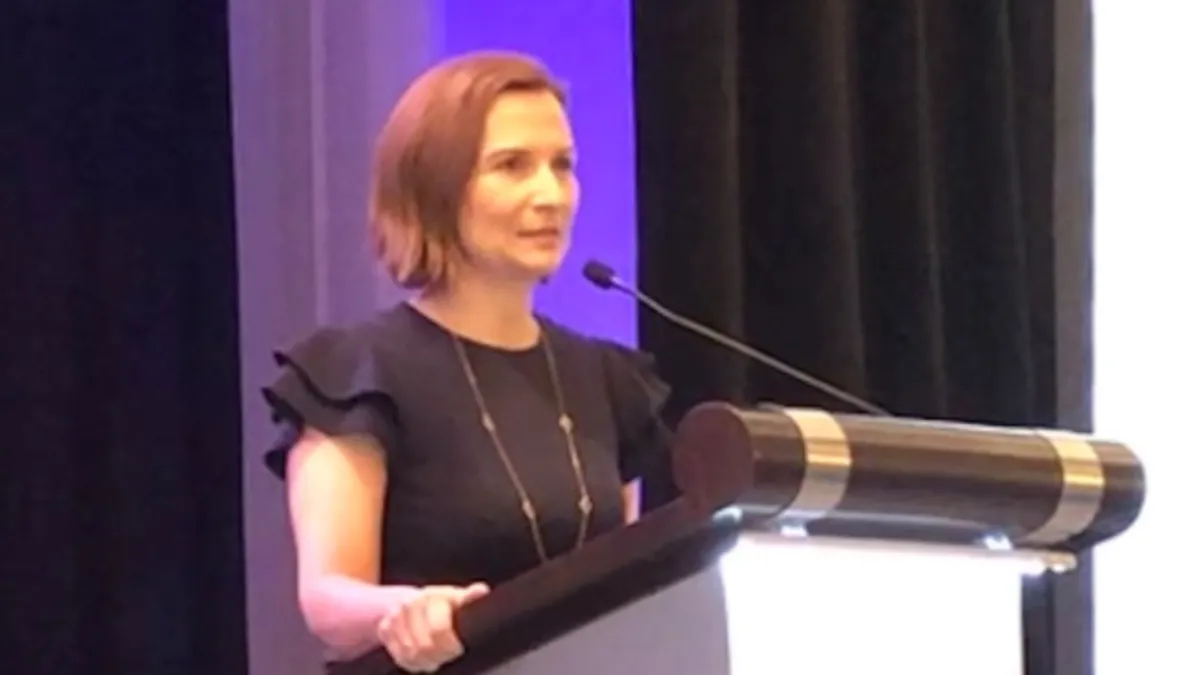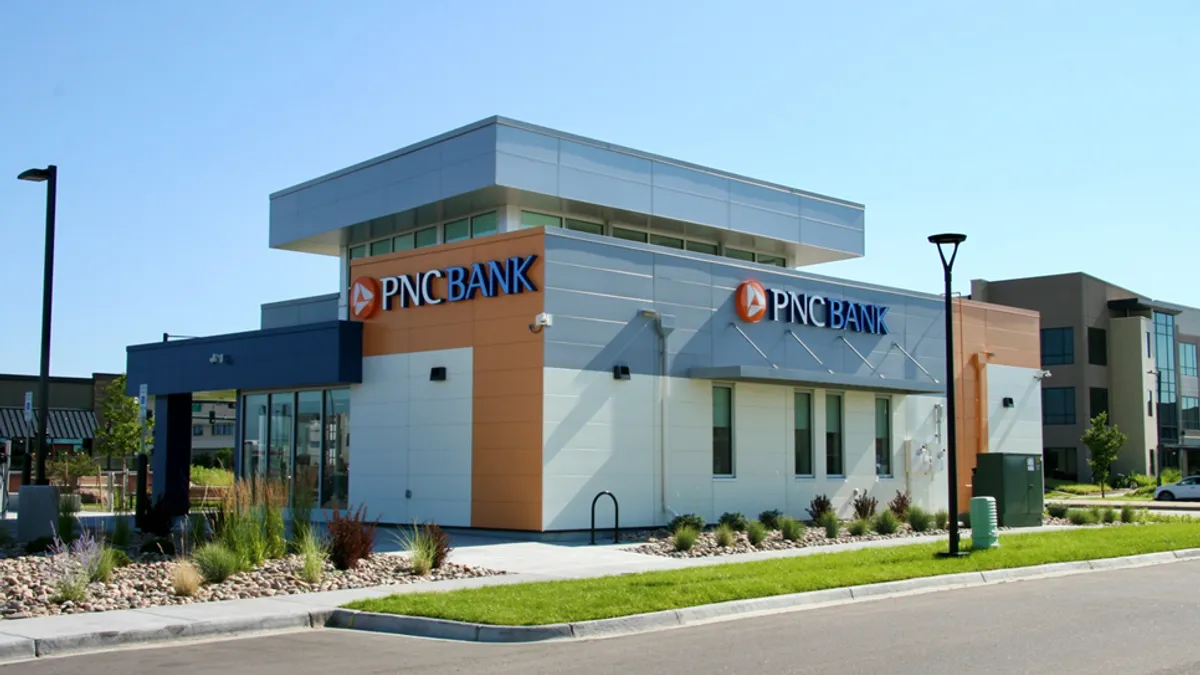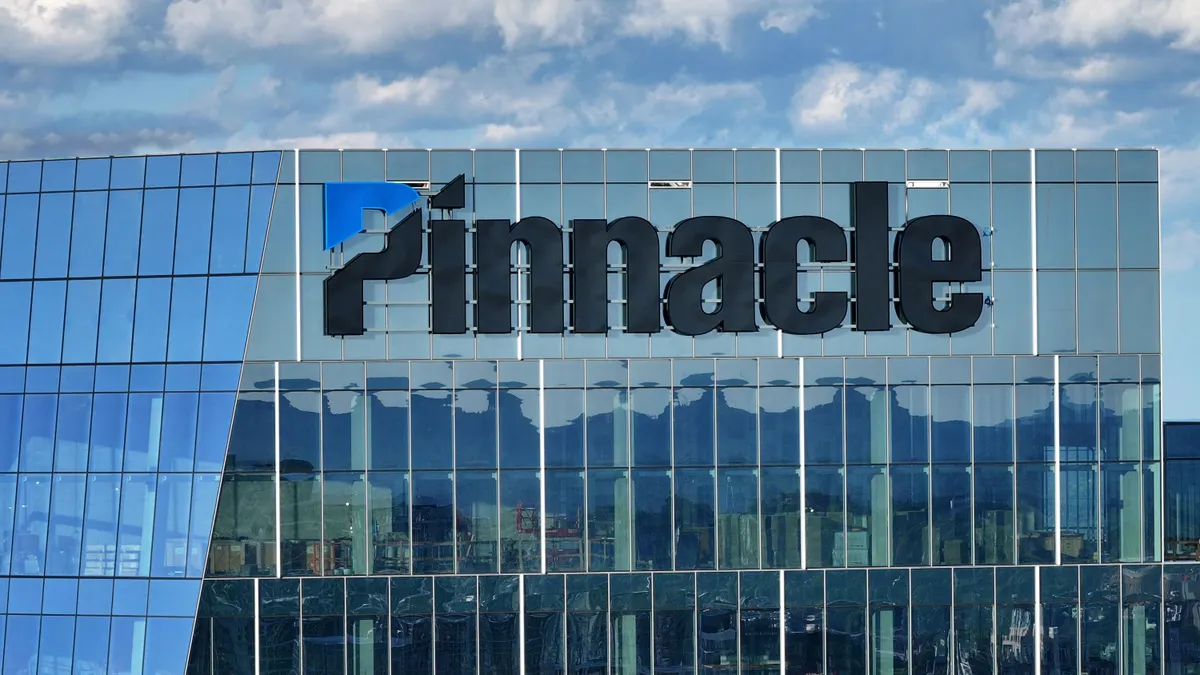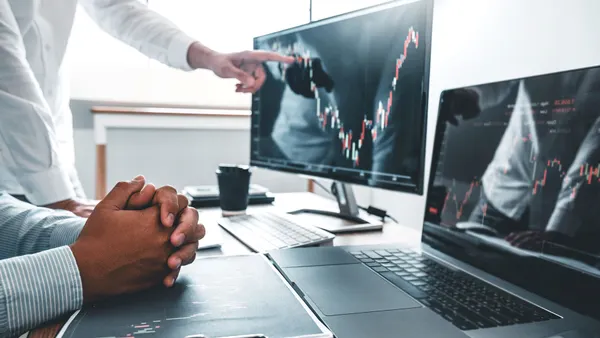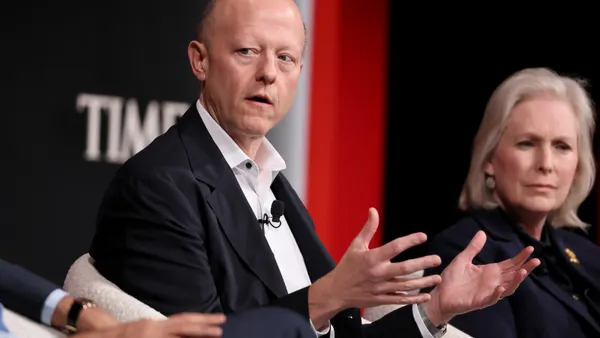Dive Brief:
- Customers of bankrupt fintech middleman Synapse’s partner banks are owed $85 million more than what’s being held for them in those banks’ accounts, Synapse’s trustee wrote last week in a report filed with the U.S. Bankruptcy Court for the Central District of California.
- The report came a day ahead of a hearing, at which the trustee, former Federal Deposit Insurance Corp. Chair Jelena McWilliams, suggested to a judge several options that would allow some customers to regain access to their funds, which have been frozen for roughly a month.
- At the hearing, however, Judge Martin Barash said it wasn’t clear what the bankruptcy court could do because the owed money is not the property of the Synapse estate. “This is a crisis, and I would like to see a resolution, but I’m not sure if people are looking for … what I can provide in terms of court orders,” Barash said, according to CNBC, calling the case “uncharted territory.”
Dive Insight:
Synapse filed for bankruptcy in late April and inked a $9.7 million deal allowing money movement platform TabaPay to acquire the assets. But TabaPay terminated the deal less than three weeks later, citing Synapse’s failure to meet closing conditions.
Since then, more than 100,000 customers have been locked out of accounts with banks that partner with Synapse, amid disputes over the users’ balances.
Synapse dismissed the last of its employees May 24, and McWilliams, a managing partner at law firm Cravath, Swaine & Moore, was named as trustee. She has worked with four of Synapse’s partner banks — Evolve, American Bank, AMG National Trust and Lineage Bank — in an effort to give customers renewed access to their frozen funds, CNBC reported.
And it’s not just banks that have seen an impact from Synapse’s downfall. Around 85,000 customers of the fintech Yotta reported being locked out of their accounts as of late May.
The bankruptcy also prompted teen-focused fintech Copper to abruptly terminate its bank deposit accounts and debit card services last month.
At issue, McWilliams reported, Synapse’s partner banks hold roughly $180 million in demand deposit and for-benefit-of accounts associated with end users. But those users are owed $265 million, McWilliams found.
“The source of the shortfall, including whether end-user funds and negative balance accounts were moved among Partner Banks in a way that increased or decreased the respective shortfalls that may have existed at each Partner Bank at an earlier time, is not known at this time,” McWilliams wrote.
It is possible that Synapse commingled funds, using multiple banks to serve some companies. But more information, including how a Synapse brokerage and lending business may have affected the flow of funds, is needed, McWilliams said.
A more comprehensive search for the money trail would be complicated, though, because there is no money to pay external forensics firms, and there are no remaining Synapse employees to lean on for help, McWilliams wrote.
Access to funds has resumed for some demand deposit account customers, McWilliams said. But a full reconciliation may take weeks for customers whose money is pooled in for-benefit-of accounts, she added.
At the hearing Friday, McWilliams recommended to Barash that all for-benefit-of customers receive partial payments, which “will partially alleviate the effects to end users who are currently waiting locked out of access to their funds,” yet maintain a reserve for later payments, CNBC reported.
McWilliams did not respond to requests for comment from the network.


